Crossing One is the first iteration of Soft Territories, an ongoing experiment from Pup and Tiger, a queer-run art space in Canterbury, UK. While we prepare to launch our physical location later this year, this showcase unfolds across both Dennis Cooper’s and Delere Press, forming a split-site exhibition of porous and intersecting practices.
There was something instinctive about placing these works within already active online spaces, a kind of quiet rewilding, letting them thread into existing habitats rather than carving out something new. It felt closer to how Soft Territories moves, not by staking claim but by dispersing, echoing, folding into what’s already there.
I reached out to artists whose practices drift, overlap, and resist enclosure. This is what emerged.
– Jared
***
As the works for Soft Territories came into view, certain patterns began to surface. One recurring motif was a sense of metamorphosis, not just as subject, but as process, material, and approach, with practices overlapping and folding into each other.
Many of the artists operate within spaces of flux, moving between physical and digital, queer and mythological, human and animal, public and intimate. This movement is not always linear or directional but instead folds in on itself, occupying multiple positions at once.
Some of the work drifts between human and digital, not as a rupture but as a slow crossing, body, where identity is filtered through code, where memory flickers in pixels, where presence is both embodied and rendered.
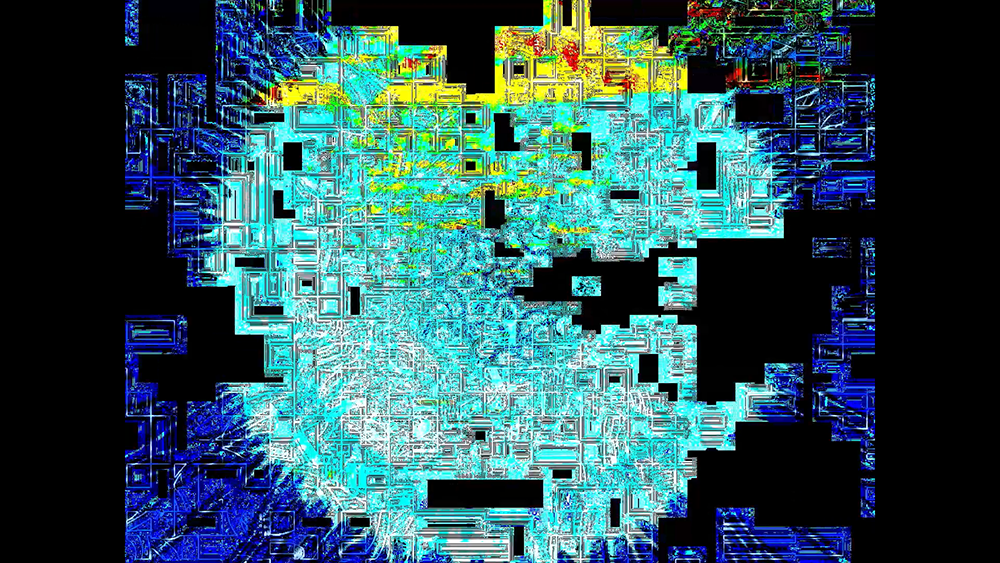
Ray Luke Cuthbertson, Wintermute (video still)
Ray Luke Cuthbertson’s Wintermute is a datamoshed slide of image and signal. Something flickers as if trying to come into form. Not glitch as rupture but as becoming. A presence stuttering across frames.
The piece calls back to Wintermute in Gibson’s Neuromancer. An AI built to evolve. One half of a split mind, coded to seek its other. Not desire in the human sense but a kind of programmed striving. A reaching. A signal folding over itself, again and again.
Identity becomes porous. Skin slips. Memory becomes texture. The self as interface. What if this is the crossing. Not arrival, but movement toward coherence. Always partial. Always refracting.
Ray Luke Cuthbertson, Wintermute
“As a trans teenager who was obsessed with Cyberpunk literature, I was intrigued by the worlds that Gibson created and by his depictions of cyberspace: where you could connect your mind to a digital world larger than your own existence and partially disconnect from your body. I wanted to explore in my own way the experience of entering cyberspace, and re-adapt Gibson’s novel ‘Neuromancer’ through a predominantly sensory perspective.” – Ray Luke Cuthbertson
There is comfort, even agency, in holding these parallel states, in coding while decoding, becoming while undoing, or existing both as subject and avatar.
In this way, the work feels acutely contemporary. Not just in the sense of being “of the moment,” but in showing us how to live within a moment that is itself unstable, simultaneous, overlapping, in a world that feels more than a little fucked.

Lance Lin, The Endurer

Lance Lin, The Sweater

Lance Lin, install view
“This project stemmed from my foot/footwear fetish. It dissects masculinity as a set of socially constructed attributes, focusing on a minor aspect of a body: feet and what covers feet. I used socks that I personally wore as a means to document the act of performing masculinity before casting my own feet. The feet, made of silicone, serve as a canvas to reflect masculine qualities, through uniforms, scents, activities, and professions associated with masculinity.” – Lance Lin
***
The name Soft Territories suggests something both unstable and deliberate. Not soft as in weak, but soft as in sensitive to context, as in pressure-sensitive. As in queer. As in feral. It’s about the places we occupy without being invited, the ones we build as we wander down the street or behind a false floor and call home anyway. The ones we have to imagine because the map simply smudges an entry: “human-like bodies with the heads of dogs” as a glossing, or worse—misnamed us entirely.
Les Beaux Plastiques, nanotesla
“Utilising data visualisation and oscilloscopes, it seeks to explore our solar system through techno/noise music and demonstrate how planetary magnetospheres impact our lives in an abstracted fashion. Each planet’s magnetic response is used to create waveforms that produce unique Lissajous curves that allow the music to tell a story through its own frequency responses, allowing for an understanding of the overload of information without need for an understanding of the data itself.” – Les Beaux Plastiques

Kier Cooke Sandvik, Living Room

Kier Cooke Sandvik, Bedroom
At Pup and Tiger we’re trying (not always successfully) to make room for things that don’t easily translate. That might mean a poem that resists closure, a gesture repeated until it collapses, a piece of fabric that once belonged to someone’s mother. It might be a sound that never resolves into music. It might be nothing at all, except a feeling.
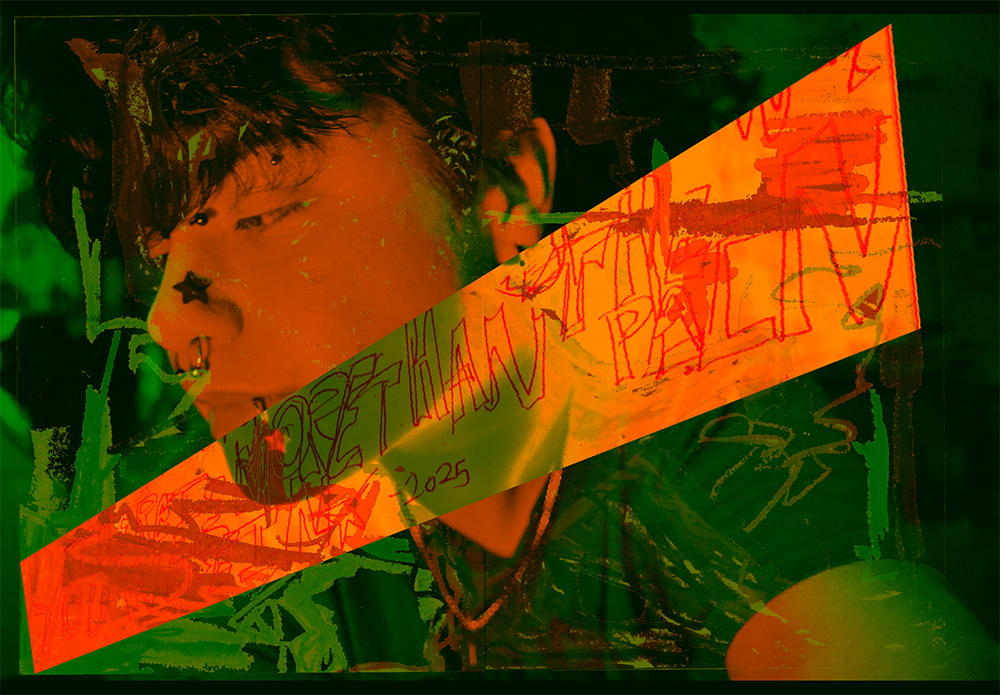
Cory McLellan, There is More Than The Pain You Were in

Julian Konuk, Space Dykes and Other Adventures (video still)
Julian Konuk’s Space Dykes and Other Adventures isn’t quite memory. Not quite fiction either. It conjures a kind of queer rewilding: in one scene, someone turns to the camera and half-smiles while a voice offscreen says, “It’s very… 2014 Tumblr?” “Yeah, I’m kinda thriving,” comes the reply, followed by laughter. “You need to return to the days.”
The footage moves like a long exhale, faulting through synthetic textures, soft takes, and sonic drift. A kind of screen test for a version of self held together by references, fragments, mess, and longing. Snow globes in natural habitats. The decentring of nostalgia not as retreat but as a catch and release. A landscape in flux, haunted by past encounters, carried like static in the body.
Julian Konuk, Space Dykes and Other Adventures
“The vessel-like structure of the film mirrors the way queer people carry fragmented histories, both personal and collective, within themselves. Through its layered textures and chaotic yet intimate sonic landscapes, the film evokes the spectral remains of past relationships, manifesting longing in digital form.” – Julian Konuk
With this we’re interested in the minor, the fugitive, the practices that stay small on purpose. Not out of modesty, but as strategy. Work that is uninterested in making itself palatable. Work that might seem incomplete unless you know where to look.
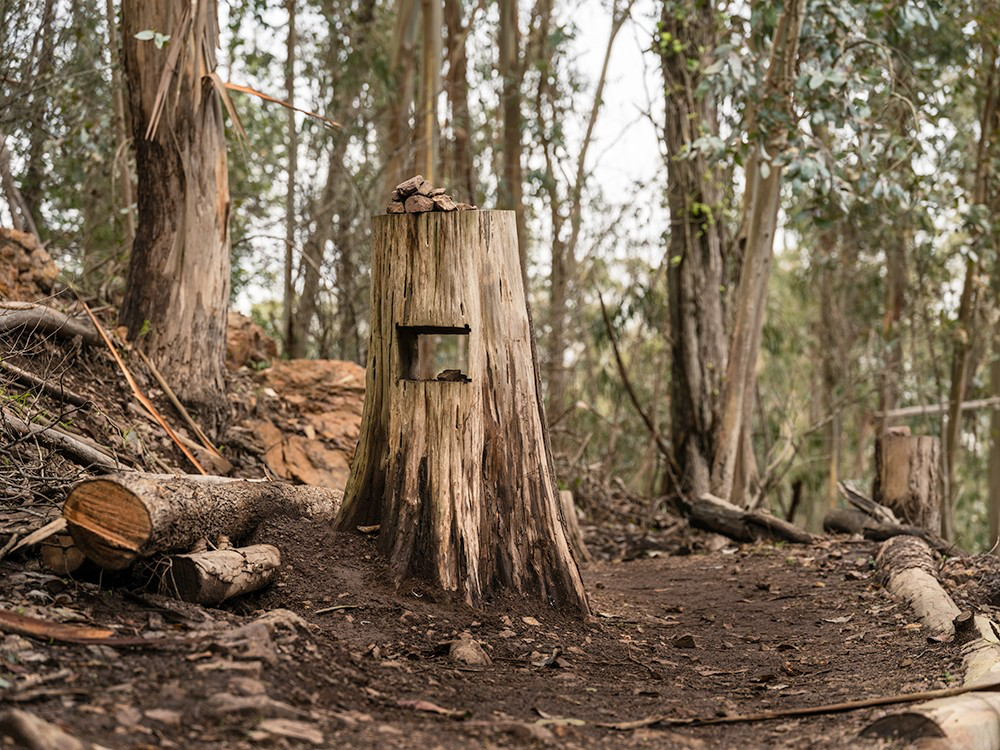
Nathan Lomas, Cyclical Trauma
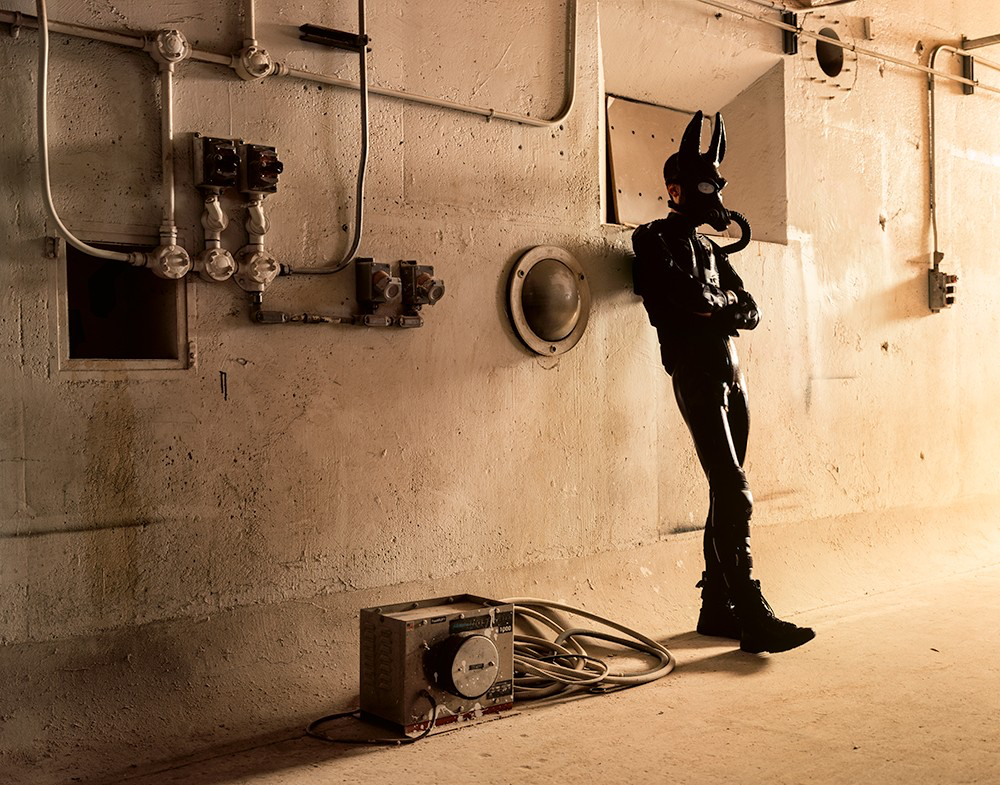
Nathan Lomas, Pup Sprocket

River Smith, Not Safe for Childhood series
“These are visual explorations of how we survive, transform, and rise from the ruins of what shaped us. Each piece becomes a vessel: a place to name the unnamed, to surrender to what was, and to open to what could be.” – River Smith
What unfolds here isn’t built around a single theme, but held in conversation: across disciplines, across approaches, across the many ways the world tends to silo and flatten. What connects these pieces isn’t genre or even a shared politics, but a shared refusal. A refusal to tidy up the mess too soon. A refusal to make work that performs its own relevance. A refusal to speak only when spoken to.
Jake Wood, Muscle Mary
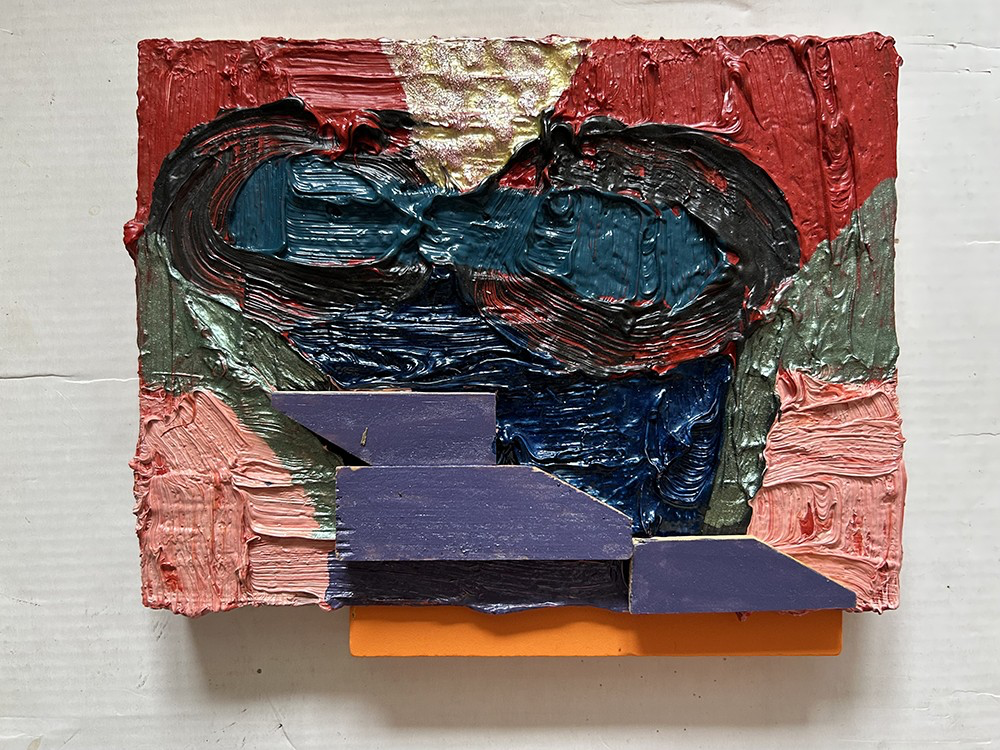
Enzo Marra, Gathering

Enzo Marra, Happening
Jonathan Armour, Angel Skins
Something slips the skin as self, a shimmer of diffuse glow across a shifting frame. Angel Skins moves like a séance of facades, a slow rotation of bodies worn and shed. Matryoshka logic. Not stripped back but layered forward each surface catching the next. In Jonathan Armour’s wider practice the idea of birth sleeves recurs, lifted from Richard K. Morgan’s Altered Carbon, bodies as vessels, skins as temporary homes. Here that speculative fiction flickers less prophecy more residue. The voice detached and intimate drifts through Lyotard’s Libidinal Economy pulsing with synthetic warmth. Not quite divine. Not quite digital. Like auto-destructive art it had to be invented. Content becoming form. A body resequenced again and again.

Jonathan Armour, Angel Skins
“Combining the concepts of avatars and matryoshka dolls, this is an exploration of multiple identities. We all use different facades in different situations, but I imagine that with the advancement of technology, we will soon be able to swap these literally.” – Jonathan Armour
Soft Territories is curated by Jared Pappas-Kelley, an artist and writer interested in how things fall apart, slip through, or refuse to stay fixed. He’s worked across journals like Art Monthly, Cabinet, 3:AM Magazine, and The Rumpus, and his books include Solvent Form: Art and Destruction, To Build a House that Never Ceased, and most recently Stalking America, out with Delere Press. Alongside writing, he’s spent years conjuring and holding space for strange, independent projects that flicker in and out of existence. This is one of them.
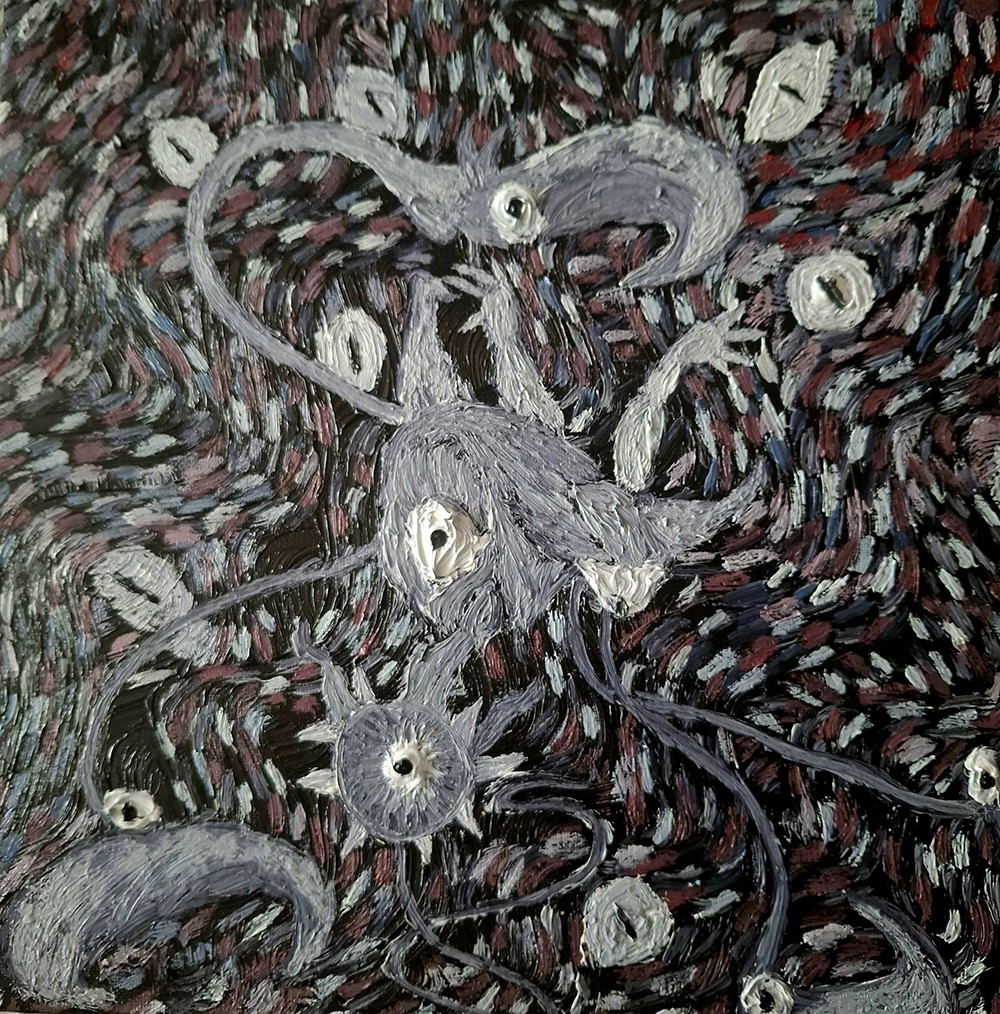
James Mellor, The Fiend
Sai Aryal, Dragphoria
“This short film, Dragphoria, presents an exploration of deeply personal and vulnerable expression of my identity through drag and gender fluidity. It shows how I evolved as a person throughout the years, sharing an intimate reality of growing up in South Asia as a queer person.” – Sai Aryal

Fabienne Jenny Jacquet, Nightmares
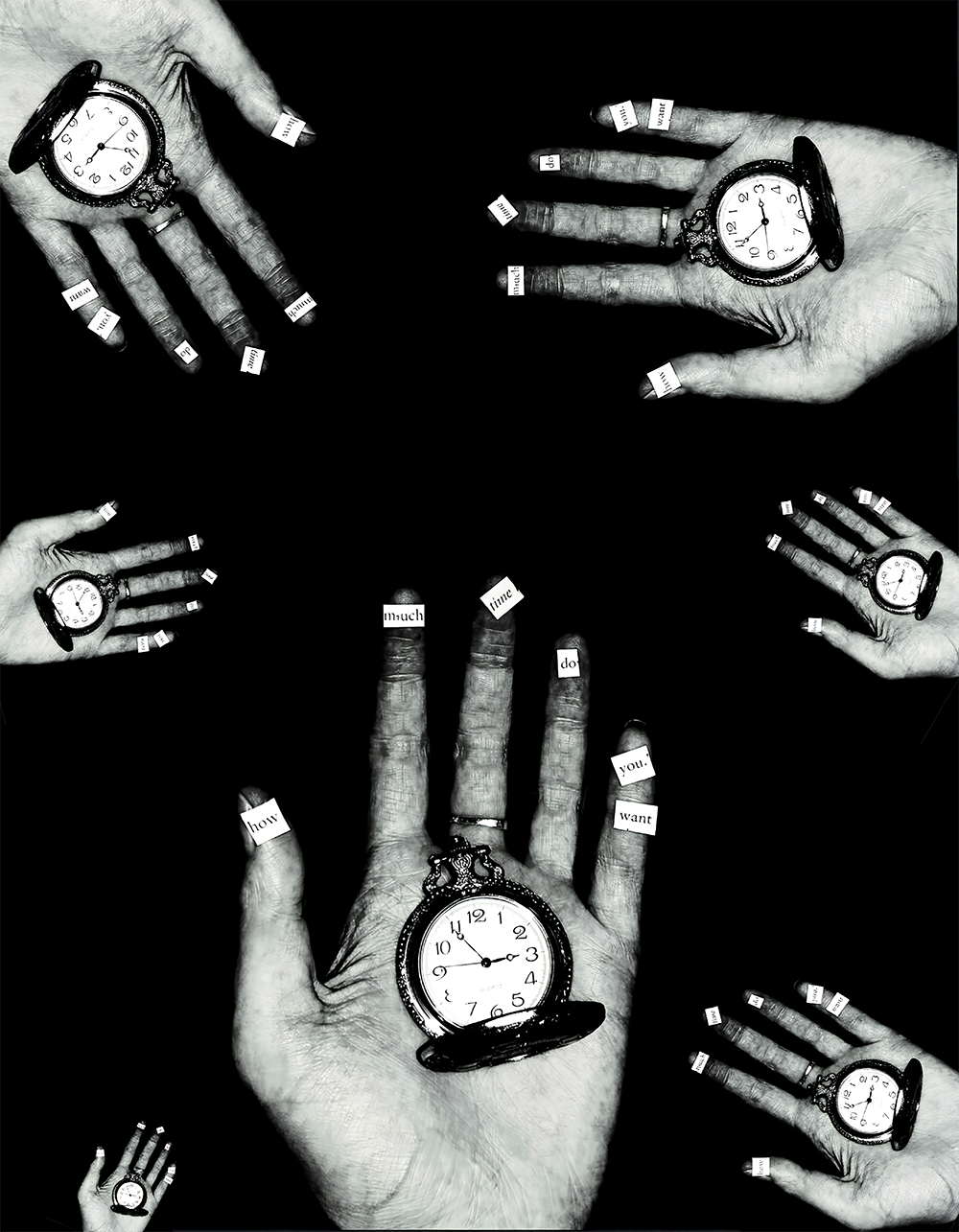
Nicholas Davies, from Blacking Out On Concrete 1
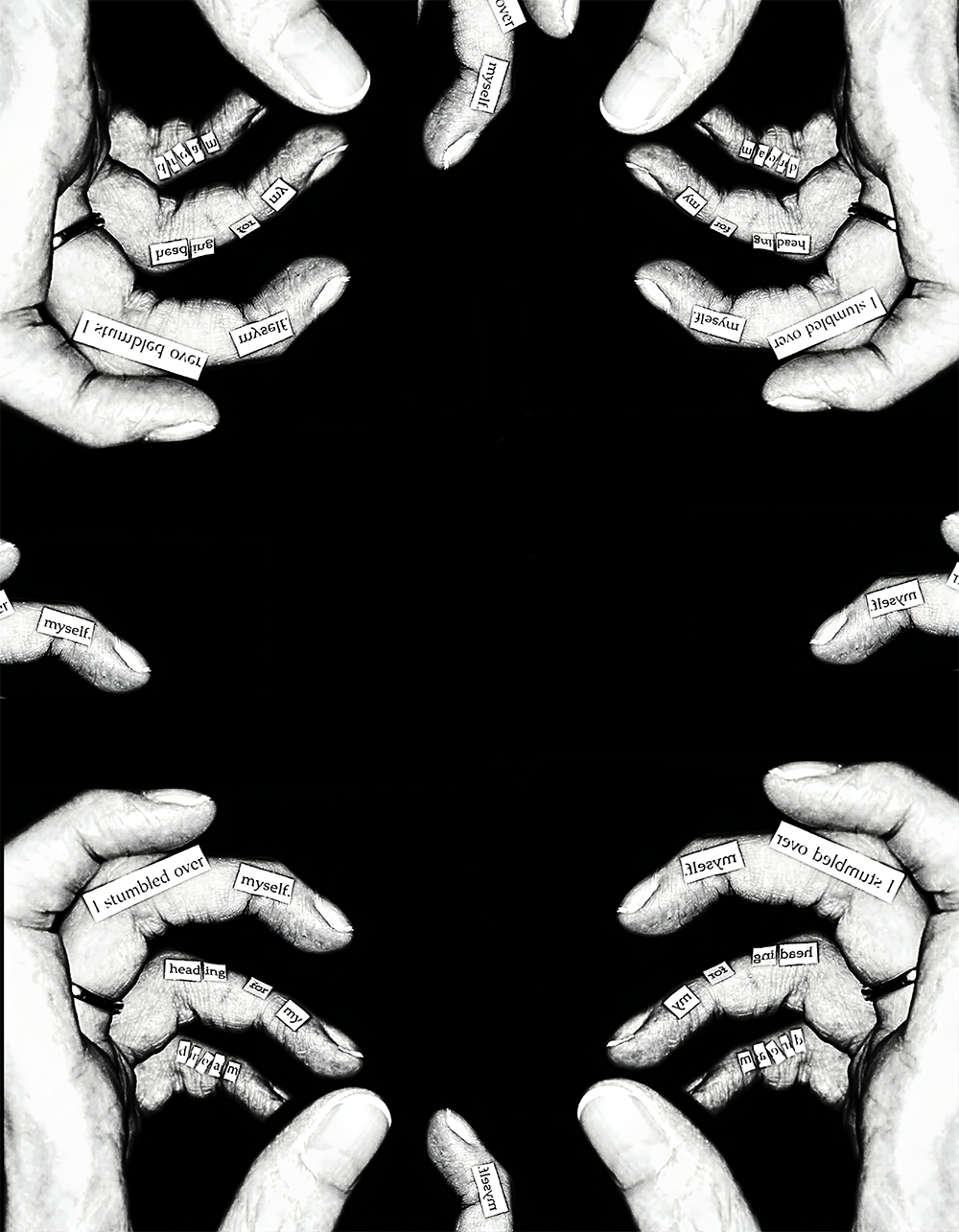
Nicholas Davies, from Blacking Out On Concrete 1
***
Soft Territories Crossing One/New Haunts: A conversation with Jared Pappas-Kelley (part 1)
Jared Pappas-Kelley is an artist, writer, and co-founder of Pup and Tiger. His past work has haunted places like Art Monthly, Cabinet, 3:AM Magazine, and The Rumpus, among others and he is the author of three books including Stalking America, Solvent Form: Art and Destruction, and To Build a House that Never Ceased. He’s written about ruins, disappearance, and the slippery nature of objects. He’s also spent years building weird, independent spaces that didn’t last forever but mattered while they did. All of which feels relevant here as we share a lot of crossovers in our interests and ideas of the nature on the unnatural things that haunt our world along with my background of working with and running small artists spaces in Dublin.
In the conversation that follows, we dig into the origins and ethos of Pup and Tiger, the thinking behind Soft Territories, and what it means to build spaces that are messy, generous, and alive. Jared talks about shapeshifting formats, the legacy of queer and DIY art spaces, changelings, slutty pop, and the politics of cringe. There’s talk of ghosts, glitchy futures, and what it might mean to haunt the art world rather than conform to it.
This is the first half of a conversation between Jonathan Mayhew and Jared Pappas-Kelley, shared here as part of Soft Territories: Crossing One, the opening showcase in a dispersed series curated by Pup and Tiger.
***
Jonathan Mayhew: As is tradition here we are again continuing our conversations exploring Jared’s latest project Pup and Tiger, a queer run art space that’s based in Canterbury (no better place to haunt) which is incredibly vital not just for queer arts visibility but for the arts in general for the UK as they’re facing massive funding cuts and loss of supports from government. It’s an incredibly generous and important space to bring to the UK in this time of crisis. Jared as you know better than I, could you introduce Pup and Tiger to us and also who your partner in this beautiful endeavour is?
Jared Pappas-Kelley: Pup and Tiger is something that Ash Sweeney and I have been building quietly for a while now, both as a physical space and an ethos. At its heart, it’s a queer-owned art space and café, but also a kind of platform or staging ground for art that’s often overlooked, work that’s intimate, process-based, deeply felt, and sometimes messy in the best way. It’s a space for conversations and weirdness and evolving. It came out of this sense that so many of the spaces we needed, especially as queer artists and audiences, were either disappearing or never there to begin with. So we decided to build one.
We’ve spent years immersed in the art world but also adjacent to it. I ran a gallery and directed a nonprofit that staged large-scale exhibitions in unconventional spaces, with cities as the backdrop or material, or installations in buildings on the edge of use. I think a lot of that is still in Pup and Tiger’s DNA: this interest in what’s falling apart and what can still be built in those cracks. And Ash brings this incredible photographic eye and care for community that shapes everything we do. We’re both trying to make something that’s generous but also critical. A space for artists who are often left out of the conversation.
JM: Another of the Weaklings OG’s Diarmuid Hester’s book Nothing Ever Disappears documented the history of some spaces that still haunt the landscape of the UK. Queer spaces have been vital for building and developing culture in general as free space of exploration, did you have any models of spaces to draw upon, I know you have a history of making spaces and places yourself?
JPK: Absolutely, and spaces like those, and even the Weaklings as well, definitely left an imprint in how this kind of work is approached. (Dennis, are we still Weaklings even now that the site is gone?) I’ve always been drawn to spaces that don’t quite make sense, that exist somewhere between formal institutions and punk DIY. I’ve run a few different artist spaces over the years, most of them temporary by design or necessity or with more legacy. I think about the lore of places like Black Mountain College as experiments, alongside the more personal influence of experimental art spaces in Olympia and Seattle, which were formative for me. Some were fleeting by design, but they shaped whole generations. What matters is that they happened. They became sites of energy and transmission. That’s what we’re aiming for with Pup and Tiger. A soft haunting.
It’s part of why I’m so focused on building a physical space again. A swipe right mentality still permeates. There’s something incredible that can happen when you bring people together in a physical space, this kind of soft, casual energy that can’t really be replicated elsewhere. It becomes part of the fabric of a place and is very inspiring. I grew up going to art spaces, DIY venues, and in Seattle especially, it was all about coffee house culture. A lot of the people I met in those environments went on to do world-shifting things in art, music, or film. But those early, informal encounters, the ones where nothing in particular is expected of you, they matter. And I worry that we’re losing that. Whether through design or neglect, the world feels like it’s becoming increasingly hostile to those types of open, generative spaces, especially for generations coming up.
There’s also this creeping sense of the politics of cringe, a fear of putting something vulnerable or sincere into the world. But we’re up against genuinely grim circumstances and having grown up in the US and lived in the UK for many years, I can see that same kind of flattening taking root here too. That only makes it more urgent to nurture physical spaces where people can gather, take risks, and feel connected, alive. We have to build the environments we want to inhabit, then protect and care for them. That’s what we’re trying to do with Pup and Tiger.
JM: Taking risks is really important for art to grow and harder and harder these days to do in the hyper curated shiny happy smooth online world we live in, so its fantastic Pup and Tiger is here, as Huggy Bear said, you gotta take the rough with the smooch. You had an open call and this exhibition titled Soft Territories, and I’m curious about the title. Our world seems increasingly rigid, trapped in stark black-and-white binaries of us versus them. Could you elaborate on your fascination with softness and further unpack this concept?
JPK: Soft Territories came out of a desire to hold space for ambiguity, for shifting states, open-endedness, and porous boundaries. So many of the artists we’re working with navigate these in-between places: between digital and physical, between identities, between past and future. Softness, in that sense, isn’t weakness. It’s a kind of refusal, a resistance to being easily defined or consumed.
The show plays with that. There’s a looseness in form, but also a deeper throughline of care and speculative thinking. Coming to terms with or moving through, this notion of being more than one thing at the same time, as a way of navigating contemporary life. The “territories” part refers both to geography and embodiment. It’s about mapping something that resists being mapped. And maybe that’s the most radical gesture right now, to embrace softness in a world that demands certainty.
JM: It feels like I’ve been “existing” in this Softness for a while with my own practice, so its lovely to have a name for it. I know one of the threads you’re pulling on in Soft Territories explores the rupture of our humanness into the digital and that strange feedback loops it can create. We have definitely surpassed the Cronenbergain taboo of merging with technology, ‘long live the new flesh’ and is something I think Michel Serres was getting at in his essay Thumbelina where having the Internet gives us access to information that makes us freer to create with all its information at our fingertips. Like how we have never met IRL but are able to have this on-going conversation and why places like Dennis Cooper’s and Pup and Tiger are deeply important for a deeper exploration of ideas that then leads to creativity. How do you see this entanglement of the digital and humanity blurring play out in the works that were included?
JPK: Yeah totally, there are a lot of threads running through this work, but one that kept surfacing was that blur between the digital and the human. Not as estrangement, more like a soft merging. A coercion. Things leaking into each other. Ray Luke Cuthbertson’s Wintermute really sits in that space. He talked about being a trans teenager obsessed with William Gibson, and you can feel that in the work. And it makes sense that the piece takes its name from Gibson’s AI, Wintermute. In the book, if I’m remembering correctly, Wintermute is always stretching, trying to evolve, to unlock. Not exactly human desire, but still a kind of strategy. That coded determination feels close to the way Ray’s work flickers, images stuttering into being, glitch not as error but as measure. Becoming. The self not as fixed but constantly re-rendering.
Or Les Beaux Plastiques’s nanotesla kind of scrambles all that, takes planetary magnetospheres and turns them into audio-visual feedback, this strange music that almost lets the data feel emotional. And Jonathan Armour’s work pulls it back into the body, but a body already fused with something else. Flesh as interface. There’s something very corporeal in all this but coming back for another pass. Which maybe gets at what you were saying, this entanglement. But also, this metamorphosis, where we’re more than one thing at once. A shifting of phase, not quite arriving, just always in motion. Finding forms. There’s something very queer to this conception.
JM: We’re definitely in unknown territories with technology at our finger tips, it took 100 years to feel the full effect of the printing press on society and the iPhone was only released 18 years ago. It has become part of us in many ways so it’s great to have artists exploring our new fusion with its affects and effects. Your descriptions of the works is making me think of Byung-Chul Han who has been delving into how we exist through technology even when we’re not logged in through our avatars and social media, his hope is that we reclaim authenticity using technology rather than being used and avoid the narcissistic nature and commodification of the self by disrupting its operating systems. Returning to the idea of softness is there a curatorial concept or direction you will be taking Pup and Tiger in?
JPK: We’re thinking in terms of seasons rather than permanent collections. Each moment unfolds with a different texture. Some are more reflective, some chaotic. The guiding principle is care: care for artists, for community, for the process of making and unmaking. We’re also committed to showing work that might not get seen elsewhere, by artists who are queer, working class, disabled, or outside the usual art world circuits. At the same time, I’ve been at this long enough to have a wider network to draw from. What excites me is the chance to nurture what’s already growing here while opening the door to wider conversations, letting the local brush up against the unexpected, the astonishing. It’s what art is supposed to do: give form to what doesn’t yet exist.
If people want to find out more of what we are doing (and free copy of our new zine as well), they can sign up and keep updated here.
Jonathan Mayhew is an artist and occasional writer based in Dublin Ireland. He has recently had solo shows in Sports Hall Window Helsinki and Pallas Projects in Dublin and his work has been shown in the IMMA the Irish Museum of Modern Art Dublin, The National Gallery of Ireland Dublin, Crawford Art Gallery in Cork, The Library Project Dublin, the Bomb Factory London and HIAP Helsinki. He has an upcoming project with Gorse Press in Ireland. He is mostly renovating a house right now but you can find his ghosts online.
*
p.s. Hey. Serious boon for the blog and, consequently, y’all this weekend as Jared Pappas-Kelley commandeers the space to introduce you to the project ‘Soft Territories’, part of his (and others’) larger project, a physical space/cafe/etc. in-progress called Pup and Tiger. But he’s here to tell you all about that. It’s a fascinating post and array that I hope you will explore to your fullest and, if you feel so inclined, share words with Mr. Pappas-Kelley. Thank you, Jared, and thanks to all of you out there who give what’s just up above these words your attention. ** Dominik, Hi!!! There you are! Week’s been pretty good, visited my favorite amusement park on a little road trip and did work and so on. It has been way too hot, but they say the sky is being cured today, so we’ll see. I hope your heat will follow suit? Yes, Zac and I will go to the Chicago and Toronto screenings. Very exciting. And we’ll announce some more screenings very soon. Love is a complete rim pig and he’s loved very few things more than deeply feasting on Cheap’s very soft, loose, puffy, swollen, meaty, stretchy, blown out twink arsehole, G. ** Vincent, Hello there, Vincent. I don’t know of ‘buda’, but I doubt my social circles intersect with his. More’s the pity? Right, ‘monkey on my back’. I just did a search and it told me the monkey emoji indicates ‘playfulness or naughtiness’, which is much more boring, so let’s say your instincts must be right. ** scunnard, Dude, look up above? Seem familiar? Thank you! Wild that your pal was at Efteling. What an upstanding person he must be. ** Darby 🐌, Hi. Time is relative here, no problem. My memory is … what do they say … like a sieve (whatever that means). We’re told the heatwave here starts dying today, and based on the slight coolness in the air so far morning, maybe they’re right about that. Oh, otherwise I just went on lots of rides and ate ok pizza, I think. No, I don’t know Sd Laika, but I’ll check them out via your link, thank you. Boris for Halloween! Nice! I saw some recent live videos of Gary Numan, and I wish he still acted weird and awkward and introverted onstage instead of looking like he really wants to be Trent Reznor, but it still could be fun, I guess. Same for me with animatronics. I crave one or more, but I haven’t got any room at all. ** _Black_Acrylic, That sounds suitably ugly. That sounds like the US of A. Which is very not good, need I even mention. I hope the football season was birthed with a win. ** Nicholas., Oh, hi there. Cooperation Boy, me too, high five. Winging it seems like a generally good move. With some discipline mixed in. Dinner … just my usual Cappelini pasta with a combo of tomato and mushroom sauce and tons of parmesan. Up? Work, zoom book club, film usual stuff, hopefully under less brutal skies. ‘Them’: A performance work I co-made in 1983 with Ishmael Houston-Jones and Chris Cochrane. It was hugely controversial at the time. But we’ve restaged it three times since, most recently several years ago, and now people who watch it get all moved and weep and stuff. It was all fun, and I don’t remember it being hard really. The attacks on it in 1983 were hard, probably. Nice to see you, natch. ** Steve, We’ll go to Knotts Scary Farm, for sure, and maybe Universal Horror Nights although it’s ridiculously expensive. So probably to Halloween made-over amusement parks. I’ve got my eye on your IA channel for sure. Great work. Everyone, Steve wrote about Lincoln Center’s “Scary Movies” series, which begins today, for The Arts Fuse here. As always, no clue on DadNSon’s realness, but the profiles are collages, so that version of DadNSon is not entirely real at least. No, not EZTV, it was for a video by this artist named Pam (something) who was at the time the girlfriend of Jenni Olson. Jenni is the one who restored my memory about that. ** jay, I’m happy there were some lookers in there. My friends who played the latest Zelda mostly talk about the underground world parts, so that’s where I’m going to run or fly or ride a horse to immediately. Have a pleasantly evil weekend. ** Hugo, I assume your heat is in its supposed death throes just like our heat supposedly is. Okay, cool, about the 20 pages, just remember I’m really slow, but cool. It would be nice to have a dream and remember it. Maybe your wish will break the dam. I wish for you a reality filled with ghost rides and cartoons. ** Roma, It’s so unfair that cake is great and looks so great and is so satisfying to dissect with a fork but inevitably makes one feel sorry one actually ate it. Admittedly, when I eat cake, I eat a lot. It does seem to be looking at least a little gloomier here today. Hey, it’s the weekend isn’t it? How and what was yours? ** Carsten, Big congrats on the poem acceptance! Lovely! I do intend to walk over to where the Seine is supposedly swimmable and watch and try not to imagine the swimmers lying in hospitals with breathing tubes. ** Mari, Hi. I never use them in the posts but the higher priced escorts’ guestbooks are full of people berating them and asking them who do they think they are and so on. Which doesn’t mean they aren’t very successful. Because the escort profiles are like Frankensteins of texts purposely mismatched with photos and names and locations that don’t actually belong to them — my attempt to protect the real guys’ identities — they’re essentially fictional characters, so I don’t get a lot of related visitors. But, that said, by weird coincidence just yesterday I had a videochat with this young guy who said his photos were stolen and used in the last slaves post. He didn’t mind, but he wanted to chat with me to make sure I wasn’t evil, and I think I convinced him. Nice young fella. Oh, shit, it would have been cool, obviously, if we could’ve met at the SF screening. It’s your birthday? Happy birthday! Do you have a special or particular kind of socks that you like to make? Happy weekend of sock making and other pleasures whenever possible. ** HaRpEr //, Oh, that’s curious. Well, I thought it was a pretty good sequence of sentences, so the synchronicity would seem to be a good omen. I almost never get sick, it’s weird, but I am okay at pretending to get out of things when need be. ‘A Far Cry From Kensington’ is terrific. I did a post about it here years ago, but it needs to be restored, which I will do. Yeah, about WSS. Strange when that happens. I feel like it’s kind of the same with Marguerite Duras and ‘The Lover’, which is the only novel of hers that regular reader-types seem to read, and I think it’s definitely a big lesser among her books. ** Bill, Thank you, although the windfall was a matter of the fates, I guess. Highest hopes that this weekend will be your jet lag’s death knell. I never thought about cheesiness as a possible cure, but … huh. Did it work? ** Right. Jared has your local weekend all laid out for you, so be with it please, and I’ll see you back here on Monday.
















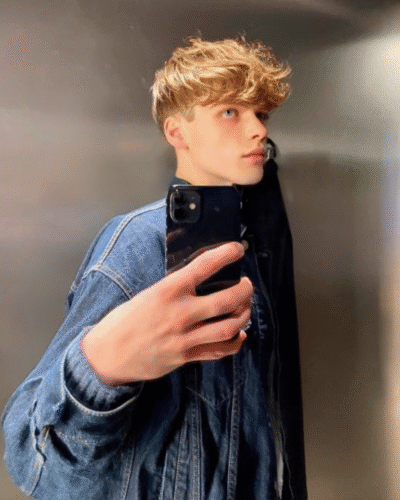
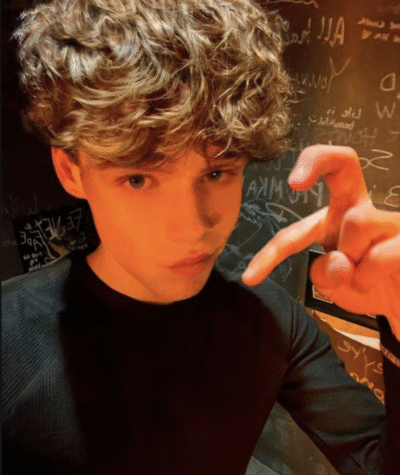








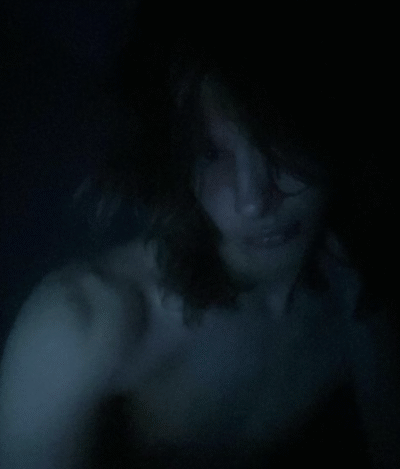














 Now available in North America
Now available in North America 